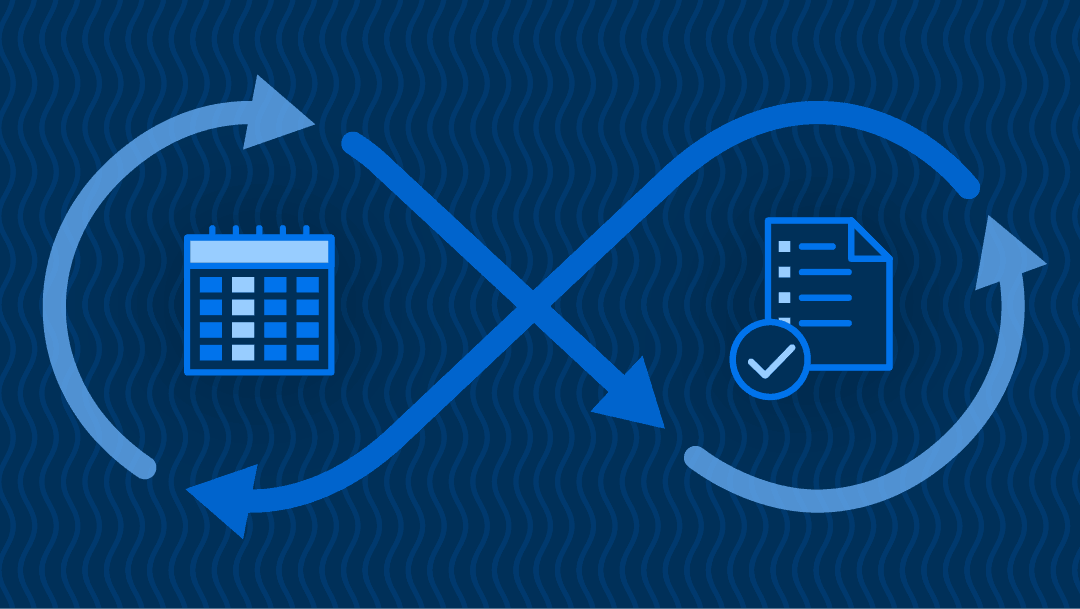Imagine spending over a quarter of your work week on things like copying and pasting information between documents and spreadsheets, sending yet another email requesting budget approval, or reminding your team (again!) to update their weekly status reports.
The majority of information workers today report that this level of repetitive activity is their reality, and they are ready for a better way to work that will make them more effective.
According to a recent survey, 43% of information workers say they spend more than 11 hours each week on manual, repetitive tasks. Even more eye-opening, 55% of workers said they spend a significant part of every day on repetitive tasks that don’t directly contribute to the success of their company — and 80% think automation could help them become more efficient and at their job.
The difficulty in enabling more automation for these workers is that most enterprise work management systems require technical expertise to configure automated processes. This hurdle usually means workers must wait for their request to rise on IT’s list of system customization tasks.
This is often followed by an inefficient process in which IT defines all aspects of the task, then writes the right code or configures the correct system steps and links. And at the end, if the newly automated process doesn’t meet the user’s needs, requesting changes starts the painful process all over again.
How Automation Benefits Information Workers
In contrast to other work management systems, Smartsheet allows users to automate their own processes — without the need for technical knowledge or help from their IT department.
“Other work management systems have a specific model for automation that typically requires processes to be coded by a system administrator,” says Scott Willeke, director of product management for Smartsheet. “In contrast, we optimized Smartsheet to enable non-technical users to write those everyday processes that don’t really need IT expertise.”
Instead of requiring written code or complex formulas to automate workflows, Smartsheet lets users automate processes by specifying clear and simple rules. This approach has many advantages for both end users and IT.
-
Work is accelerated. Smartsheet customers can automate workflows at the moment a need arises. Whether they want to quickly build a streamlined process for time-card tracking or gain procurement approvals, the speed to implementation instantly boosts productivity and effectiveness, not just for the end user, but for the organization. By eliminating the need to go through an IT governance or prioritization review, or wait for the right system administrator to have free time, teams can achieve more even faster.
-
Flexibility is built in. Any work activity has nuances and details that can be hard to convey to someone else. As processes evolve and change — new steps arise or stakeholders come in and out of the picture — end users can make updates to the automated processes in Smartsheet automatically. This flexibility ensures that the automated process can grow with your organization, and will continue to serve its purpose, even as that purpose evolves.
-
The right people are empowered. When end users can configure basic work processes on their own, IT gains back time to focus on developing complex processes and system integrations. End users can bring their ideas to life faster for immediate impact, and IT can devote resources to higher priority or more strategic activities.
Improving any work process often comes down to the question of who is the best person to make it better. A platform that enables users to build automated workflows brings that right person to the task.
Read more research and reports exploring subjects such as automation, collaborative work management, and much more.


